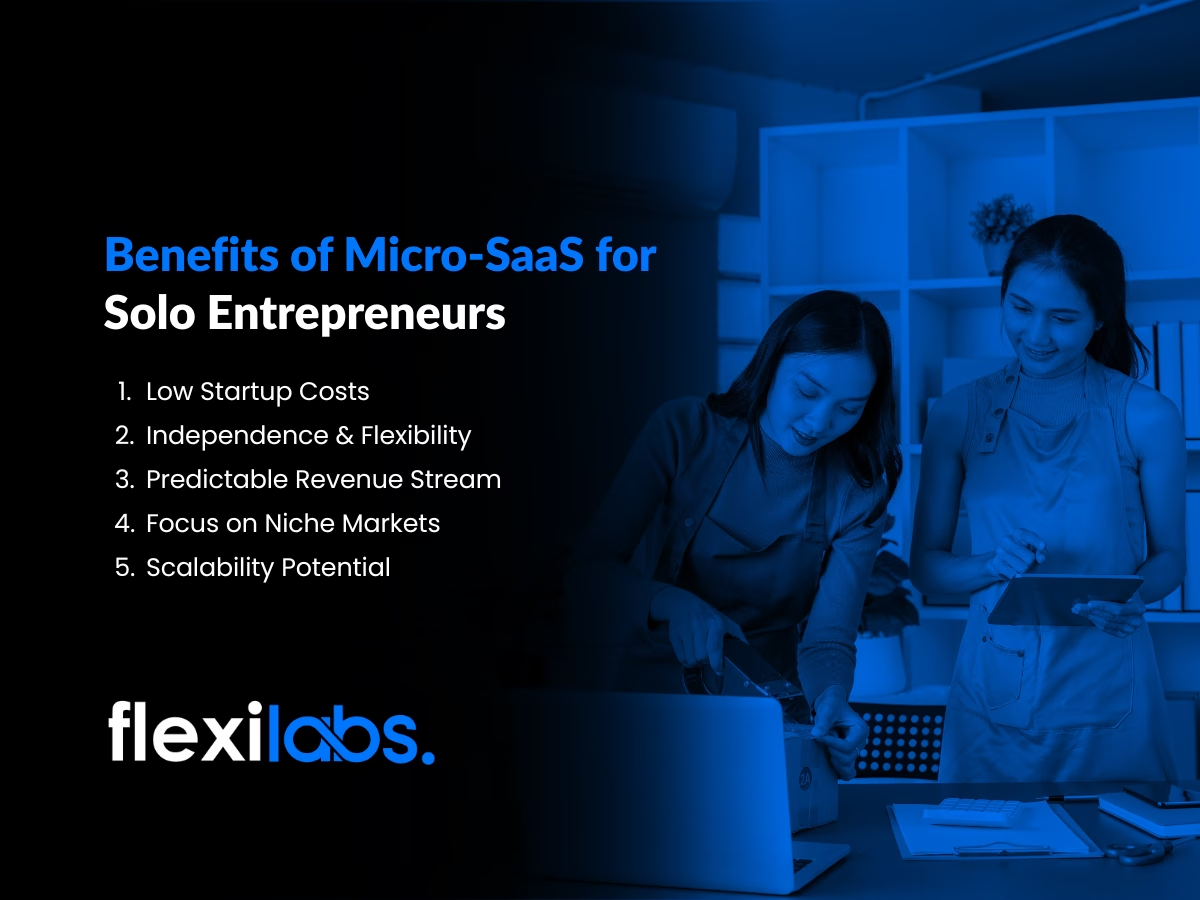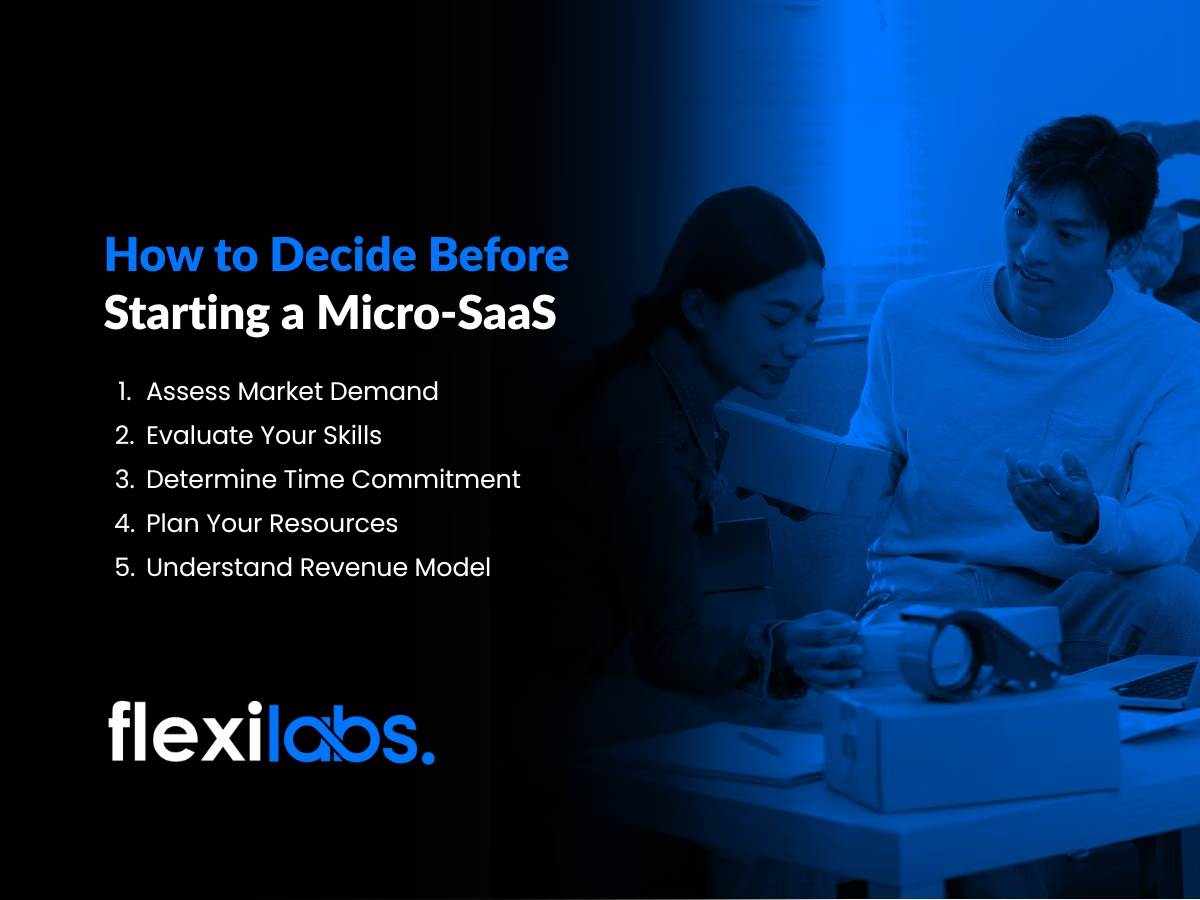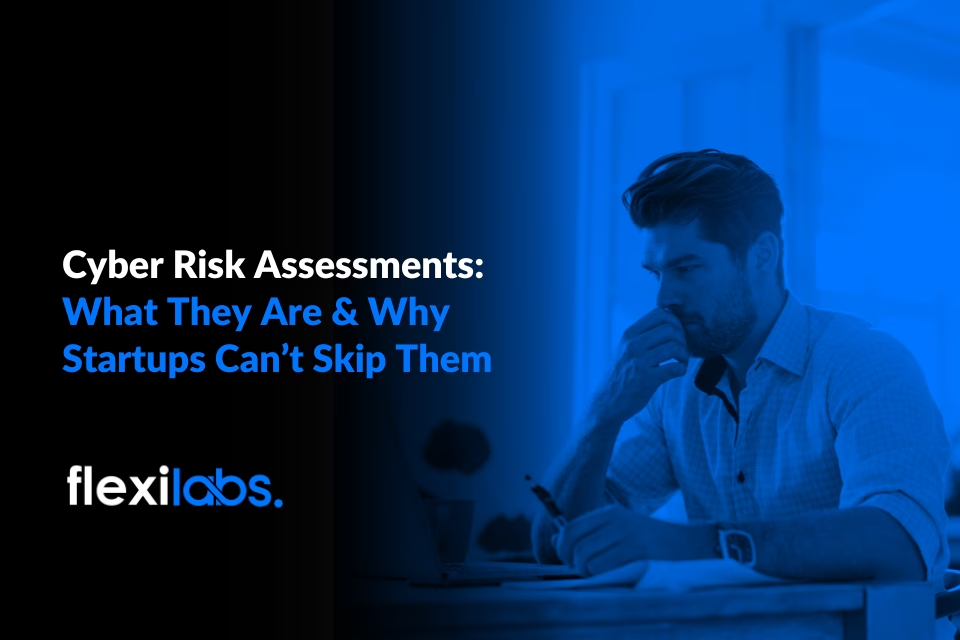Starting a business on your own can be both exciting and overwhelming. Micro-SaaS offers a unique opportunity for solo entrepreneurs to create a focused software product that solves a specific problem. It allows you to work independently while building a recurring revenue stream. But is it really the right move for you? Keep reading to find out what makes Micro-SaaS appealing and what challenges you may need to navigate.
What Is Micro-SaaS?
Micro-SaaS refers to a small-scale software as a service business that targets a niche audience. Unlike traditional SaaS companies, Micro-SaaS is often run by one person or a very small team. The focus is on solving a specific problem efficiently without building a large complex platform. Many Micro-SaaS products are easy to manage and can generate steady income over time.
Micro-SaaS products can range from simple tools like scheduling apps to specialised software for certain industries. The main goal is to provide value without requiring massive resources or a large staff. These businesses often rely on automation and minimal maintenance to keep operations smooth. Successful examples show that even a single entrepreneur can create a product that customers love.
Benefits of Micro-SaaS for Solo Entrepreneurs
Micro-SaaS can be a great option for solo entrepreneurs. Below are some key benefits that make it worth considering.

1. Low Startup Costs
Micro-SaaS businesses usually require minimal upfront investment. You don’t need a large office, a big team, or expensive infrastructure. This makes it ideal for solo entrepreneurs who want to test ideas without financial risk. You can focus your energy on building and refining the product.
2. Independence & Flexibility
Running a Micro-SaaS allows you to set your own schedule and work from anywhere. You are in control of all decisions and can experiment with different approaches. This flexibility can improve work-life balance and creativity. It also lets you adapt quickly to market changes without needing approval from others.
3. Predictable Revenue Stream
Micro-SaaS often uses subscription-based models, which means recurring income. This predictability makes it easier to plan for growth and manage expenses. Over time, a loyal customer base can provide financial stability. Consistent revenue also allows reinvestment into improving the product.
4. Focus on Niche Markets
Micro-SaaS targets specific problems for a focused audience. This makes it easier to understand your customers’ needs and provide tailored solutions. Competing with large software companies becomes less daunting. It also increases your chances of building a dedicated community around your product.
5. Scalability Potential
Even small Micro-SaaS products can scale with the right strategy. Adding features or expanding to new niches can grow your business without large overhead. Automation and third-party integrations make scaling smoother. This means your solo venture can eventually achieve significant reach and impact.
Challenges Solo Entrepreneurs Might Face
Running a Micro-SaaS on your own also comes with challenges. Here are some common obstacles solo entrepreneurs may face along the way.

1. Handling All Roles
As a solo entrepreneur, you are responsible for development, marketing, customer support, and operations. Balancing all these tasks can be exhausting. Mistakes in one area may affect the entire business. You need strong organisation and prioritisation skills to keep everything running smoothly.
2. Limited Resources
With a one-person team, access to resources like time, money, and expertise is restricted. You may have to learn new skills quickly or rely on outsourcing. Some tasks might take longer than expected, delaying growth. It is important to manage expectations and set realistic goals.
3. Slow Growth Potential
Without a team, scaling a Micro-SaaS product can take time. Marketing and customer acquisition efforts may progress slowly. Competitors with larger teams might move faster in the market. Patience and persistence are key to overcoming these growth limitations.
4. Managing Technology
You are responsible for maintaining the software, fixing bugs, and updating features. Technical issues can become overwhelming if they pile up. Customers expect a smooth experience, so reliability is crucial. Learning how to manage and automate these processes is essential for success.
5. Risk of Burnout
Juggling multiple responsibilities can lead to stress and burnout. It is easy to overwork while trying to grow the business. Maintaining a balance between work and personal life is challenging but necessary. Planning breaks and delegating tasks where possible helps sustain energy and focus.
How to Decide Before Starting a Micro-SaaS
Starting a Micro-SaaS requires more than just a good idea. Here are a few things to consider before deciding if it’s the right path for you.

1. Assess Market Demand
Before launching, research whether there is a real need for your product. Identify your target audience and understand their pain points. Validate your idea with surveys or small test campaigns. Entering a market with clear demand increases your chances of success.
2. Evaluate Your Skills
Consider if you have the technical and business skills needed to run the product alone. If gaps exist, determine whether you can learn or outsource them. Knowing your strengths and weaknesses helps you plan better. This prevents setbacks from unexpected challenges.
3. Determine Time Commitment
Running a Micro-SaaS requires consistent effort and focus. Consider how much time you can realistically dedicate to the business. Overcommitting may lead to mistakes or burnout. Align your schedule with your personal and professional priorities.
4. Plan Your Resources
Identify the tools, software, and budget you will need to build and maintain the product. Automation can reduce manual work and improve efficiency. Allocate resources wisely to avoid overspending. Proper planning ensures smoother operations from day one.
5. Understand Revenue Model
Decide how your product will generate income and whether it is sustainable. Subscription models are common but may need trial periods or freemium options. Calculate costs versus potential revenue to ensure profitability. Clear financial planning sets realistic expectations for growth.
Is It the Right Move for You?
Micro-SaaS can be a fantastic opportunity if you enjoy independence and have a clear vision for your product. It suits solo entrepreneurs who can manage multiple responsibilities and remain disciplined. If your goal is steady, manageable growth with a focused audience, it may be an ideal path.
However, it is not without challenges. You must be prepared to handle all aspects of the business, from tech maintenance to customer support. If you are not willing to invest time and energy consistently, the product may struggle. Success depends on persistence, adaptability, and careful planning.
Ultimately, the decision comes down to your skills, resources, and goals. Evaluate whether the benefits outweigh the risks for your situation. Micro-SaaS offers flexibility and potential revenue, but it requires commitment and resilience. Ask yourself if you are ready to embrace both the freedom and responsibility it demands.
Final Thoughts
Micro-SaaS represents a unique opportunity for solo entrepreneurs to create meaningful software with minimal resources. It offers flexibility, predictable income, and the chance to focus on niche markets. For those who can manage the challenges, it can be a highly rewarding venture.
Before taking the leap, carefully assess your skills, resources, and market demand. Planning and preparation are key to avoiding common pitfalls. By understanding both the benefits and challenges, you can make a confident decision. Micro-SaaS could be the right move if you are ready to take charge and build something valuable on your own.
Don’t just think about it. Validate your Micro-SaaS idea now and see where it can take you. For more insights, check out our latest blogs.









